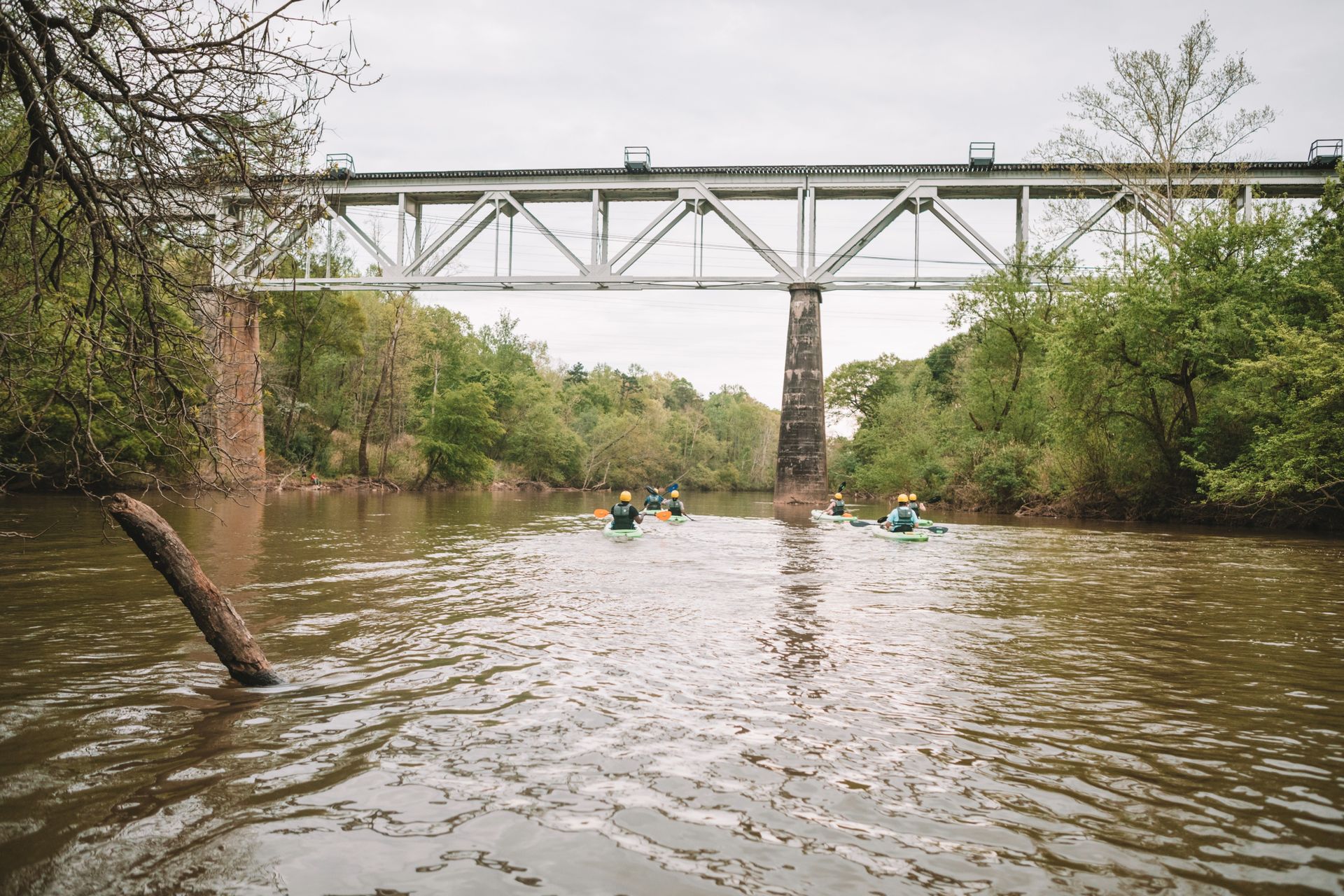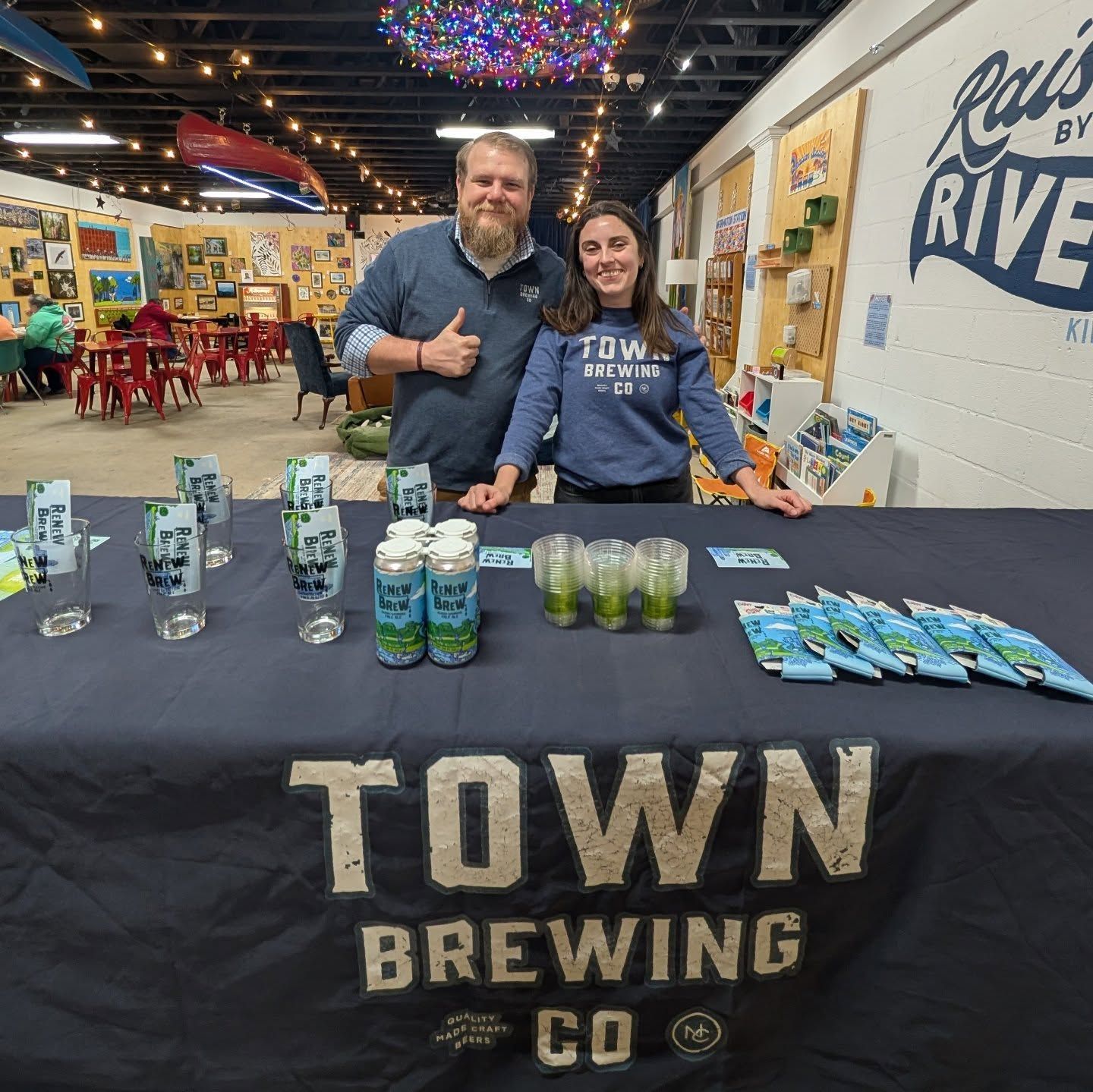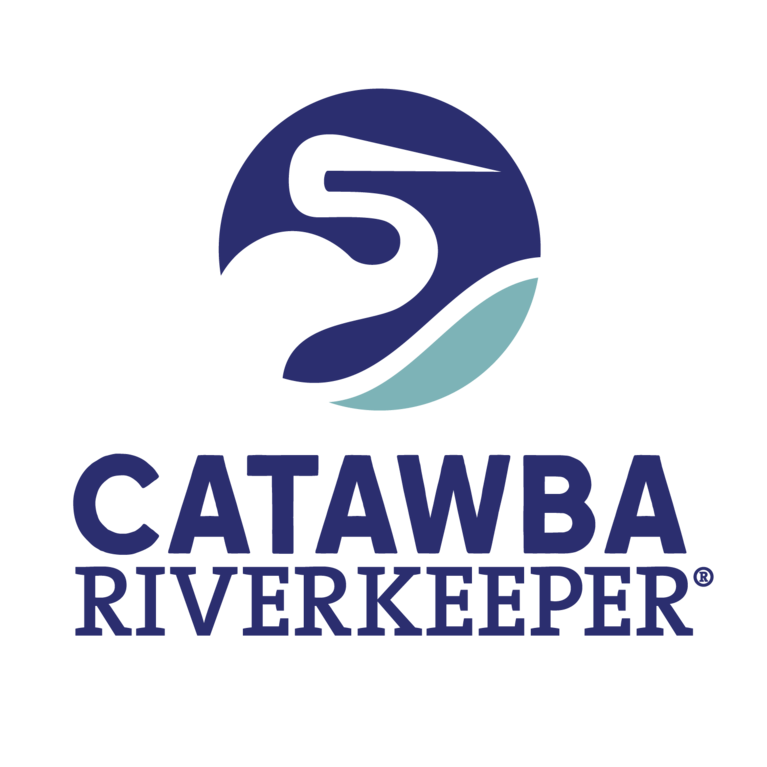Lake Norman Algal Bloom
Algal Bloom at Lake Norman State Park
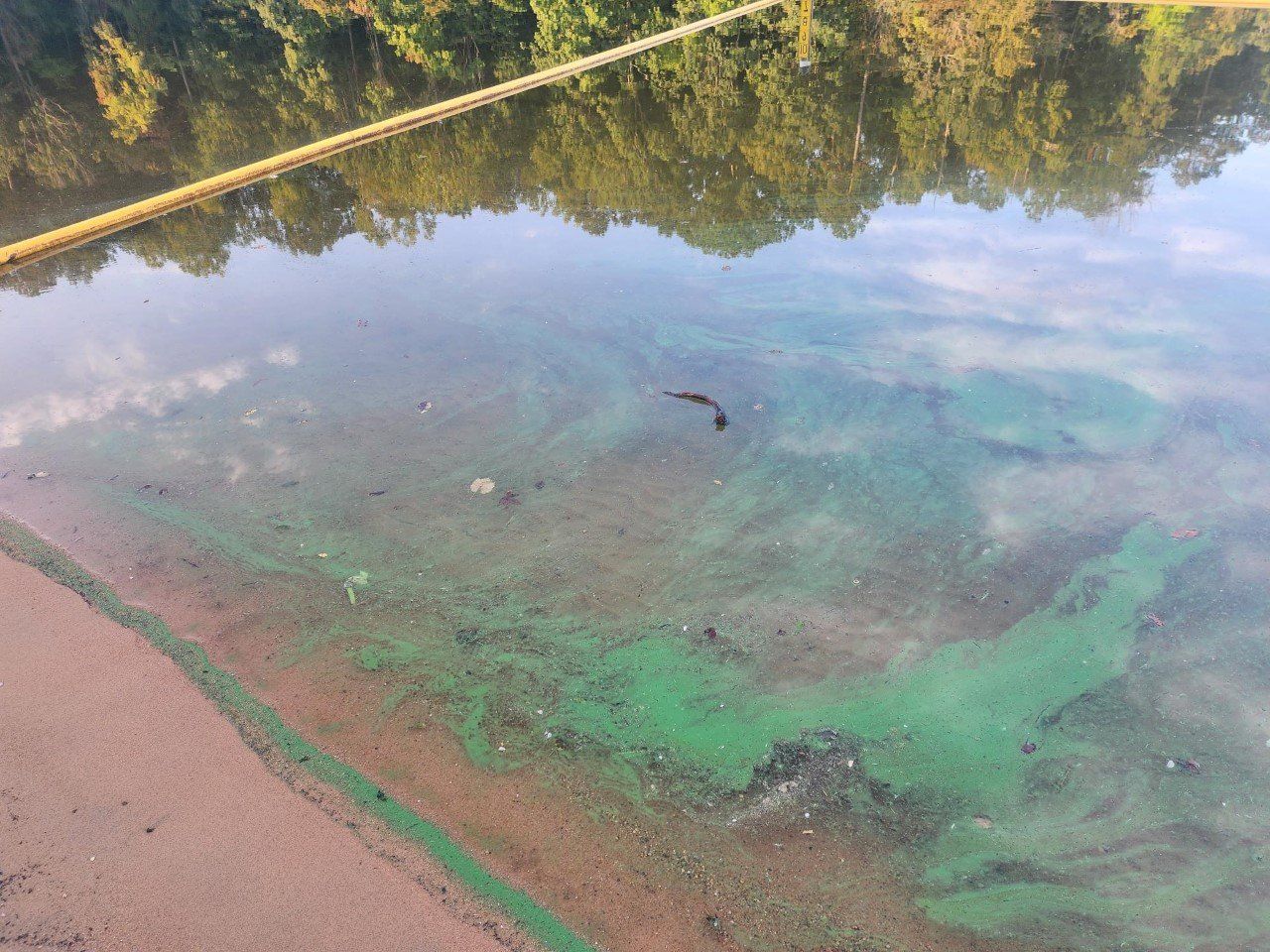
On Thursday September 22nd, your Riverkeeper Brandon Jones, was called to the Lake Norman State Park swim beach to collect a water sample in preparation for a triathlon on Sunday. The organizing company Cal Tri had requested confirmation that the water was safe for athletes. We sampled this location weekly this summer as a part of our Swim Guide program, with all results coming back safe for swimming. However, on Thursday morning there was an algal bloom stretching across the swim beach.
With the triathlon planned for Sunday, Brandon immediately went out to examine the bloom and collect a sample. Under the microscope at our lab, Brandon was able to identify the bloom as microcystis, a toxin producing Harmful Algal Bloom (HAB). After communicating with the race director, park staff, and the Department of Environmental Quality, Riverkeeper staff returned Thursday afternoon with a drone to map the extent of the bloom and measure for toxins. Fortunately, the afternoon wind had dissipated and pushed the bloom out of the swim area. The results of the toxin test strip showed it to be at a concentration of 5 ppb (parts per billion.) The EPA does not recommend swimming in concentrations above 10 ppb. The visible bloom did not return, and a resampling effort on Saturday morning showed safe water conditions. Algal blooms are notoriously ephemeral and difficult to predict, however most thrive in warm stagnant water. The colder temperatures Thursday and Friday night likely contributed to the bloom’s quick disappearance.
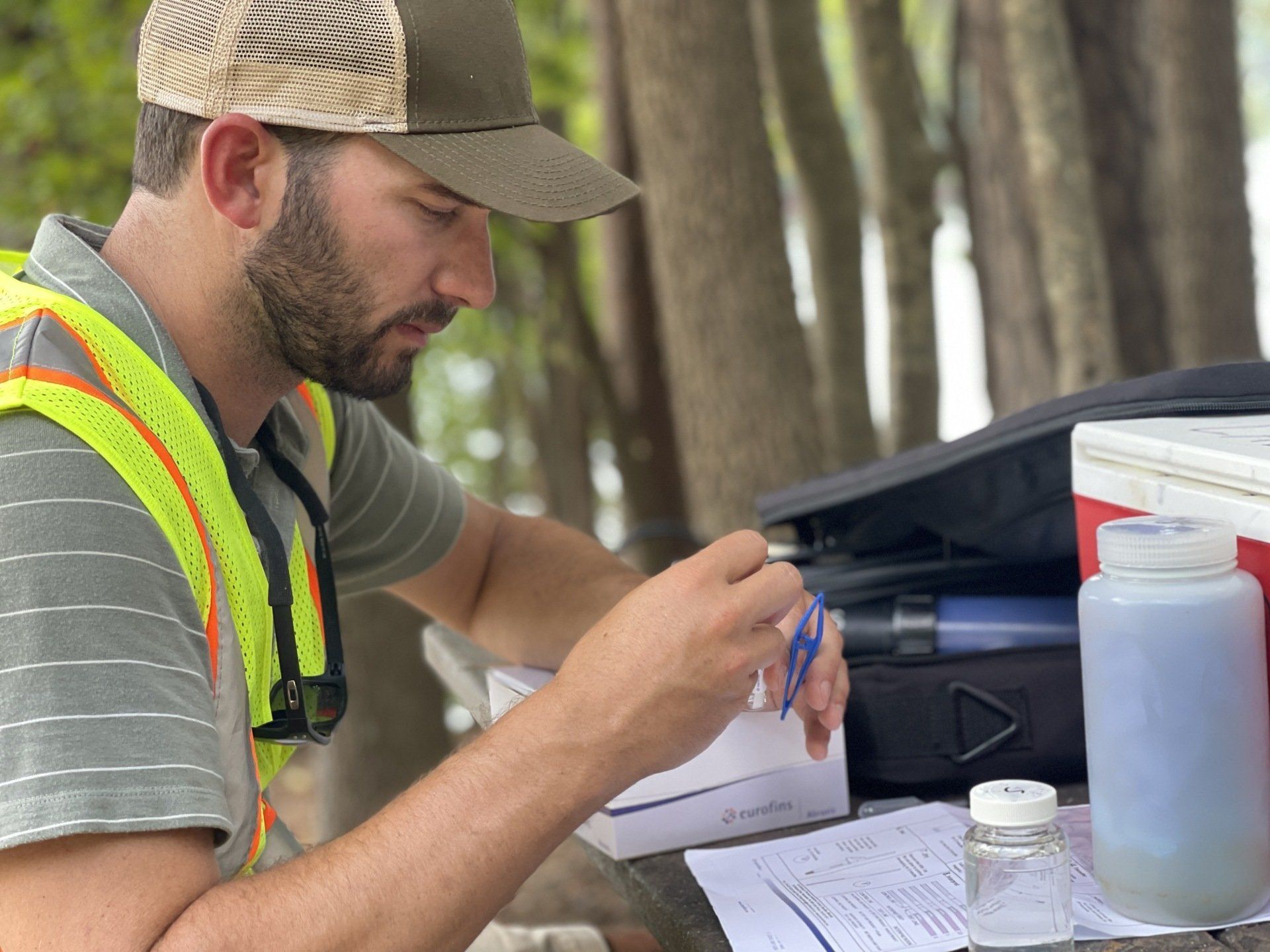
With a watchful eye to any other changes, the event was able to go off as planned! We are extremely grateful to have a Riverkeeper who could monitor this bloom and make sure the race was safe for participants. The Riverkeeper team is thankful to have access to a new lab, funded by Xylem Watermark that makes important work like this possible! Special thanks to Cal Tri staff who always put participant safety first and to Lake Norman State Park for a quick drone permit and great communication throughout the process.New Paragraph
Join Us Today
Subscribe to our mailing list.
Explore
Contact Information
102 Main Street, Suite 100, McAdenville, NC 28101
EIN#: 56-2034780
All Rights Reserved | Catawba Riverkeeper

